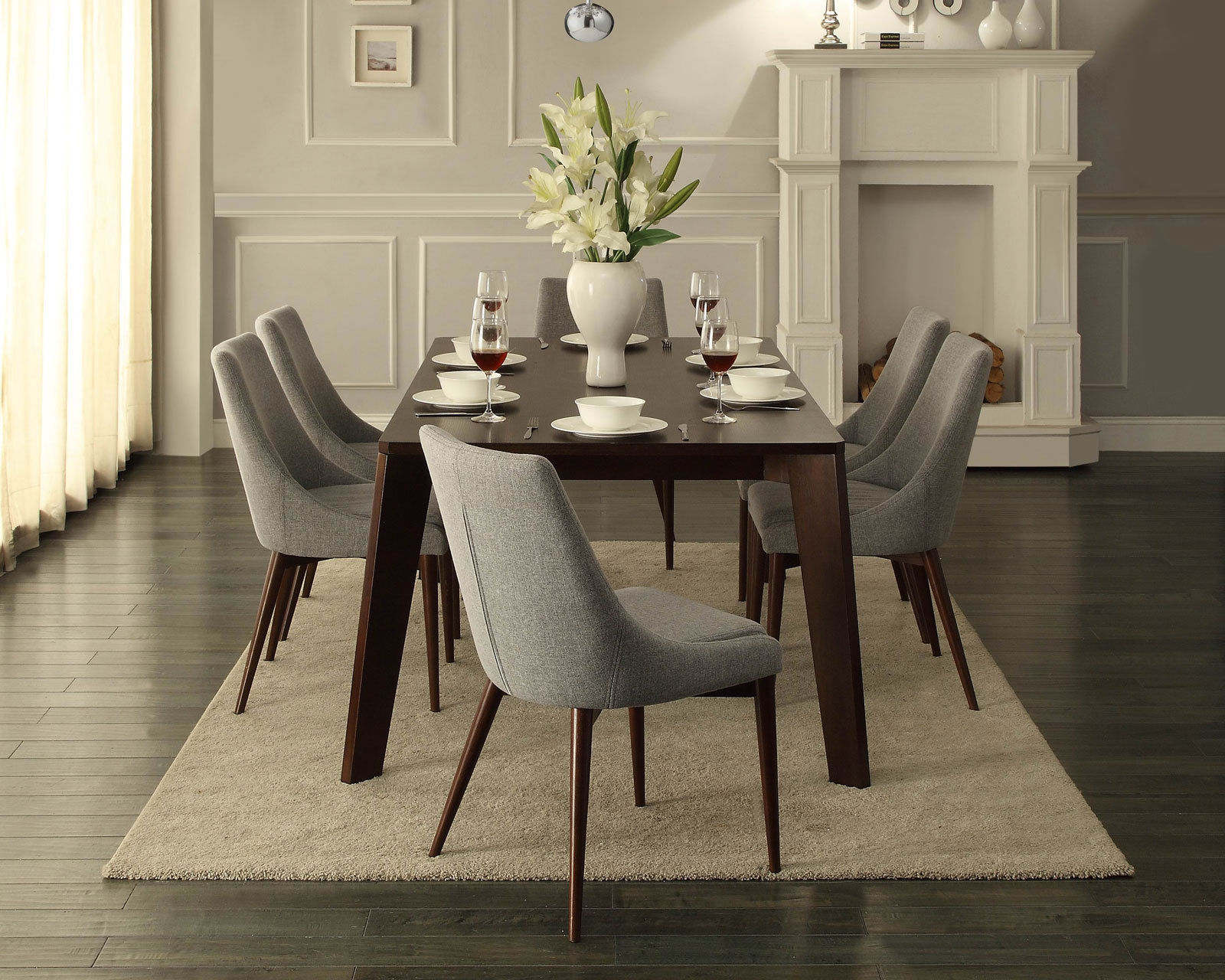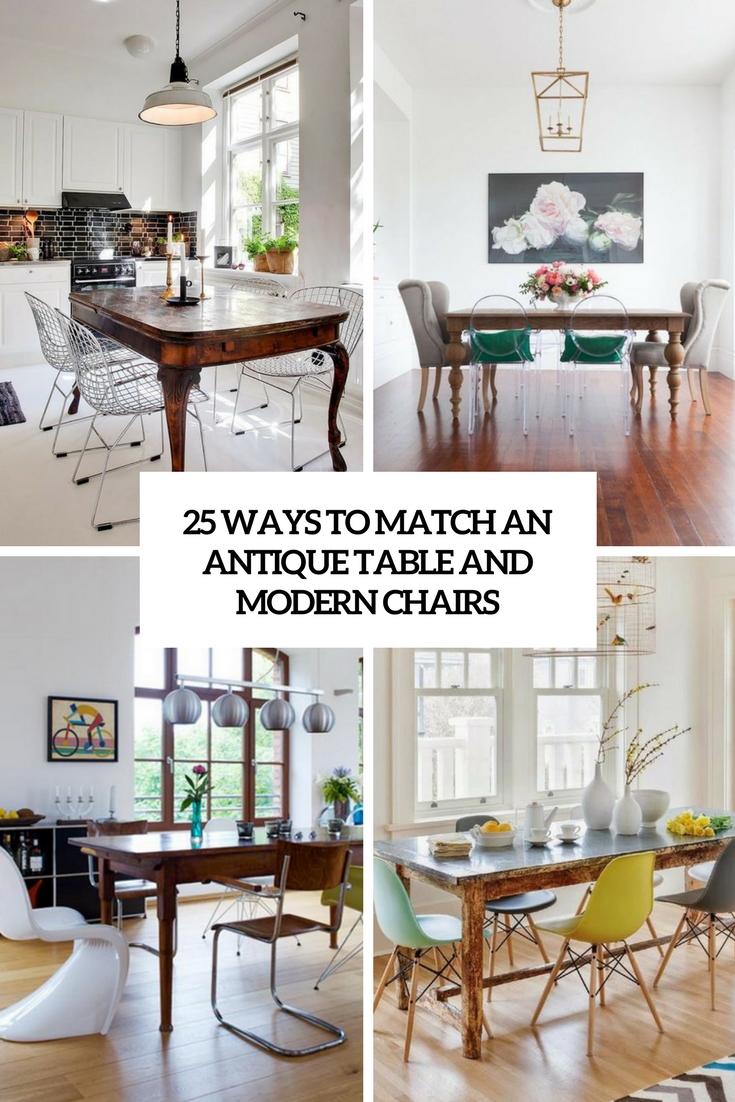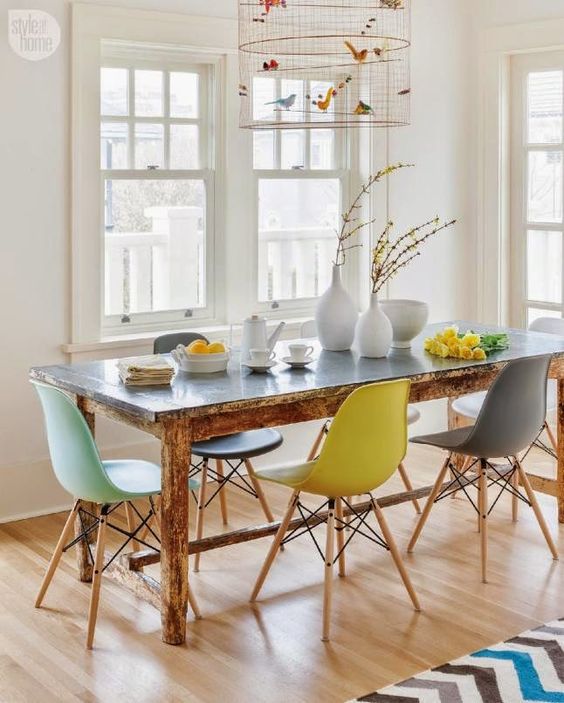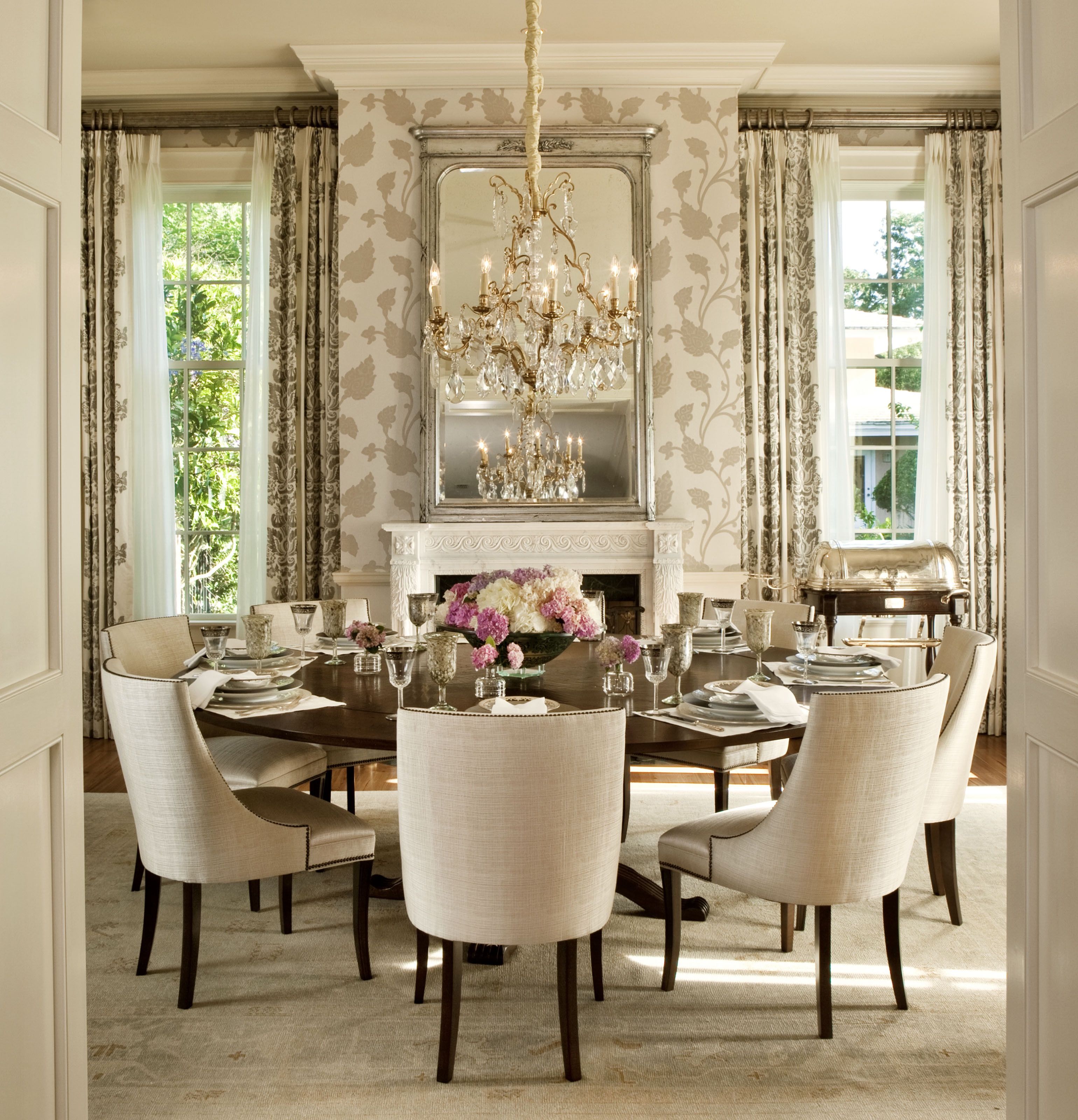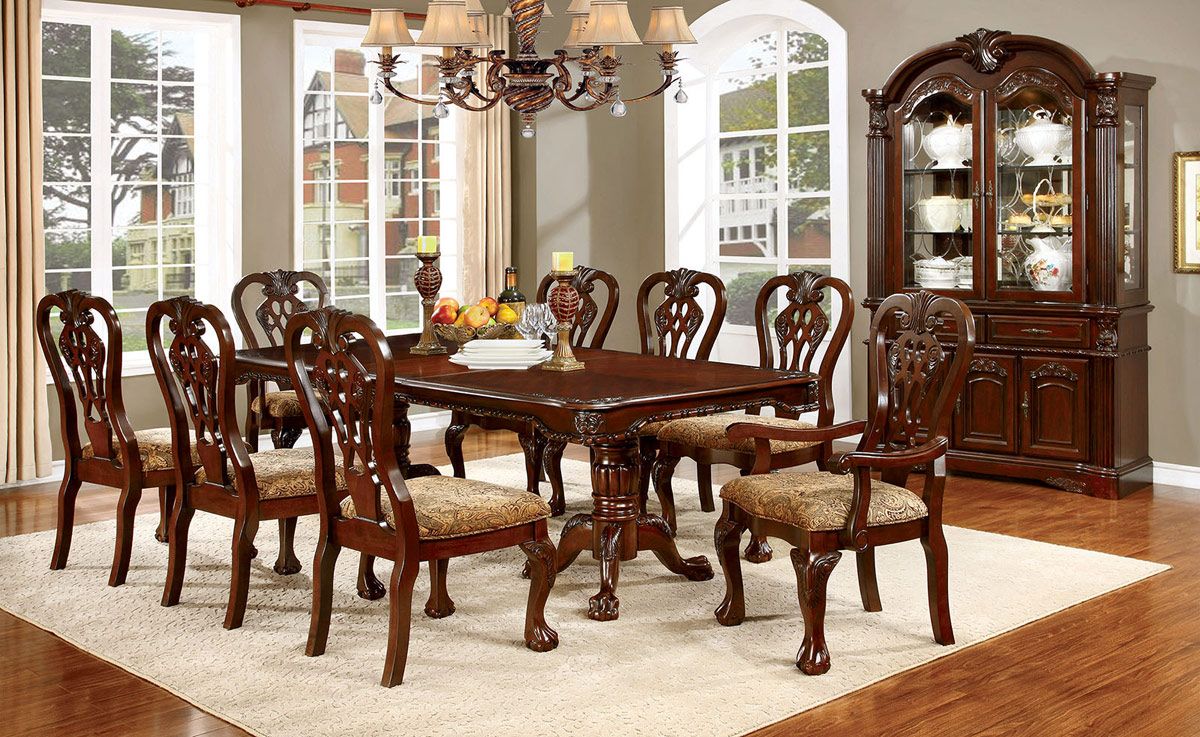Traditional Dining Table With Modern Chairs
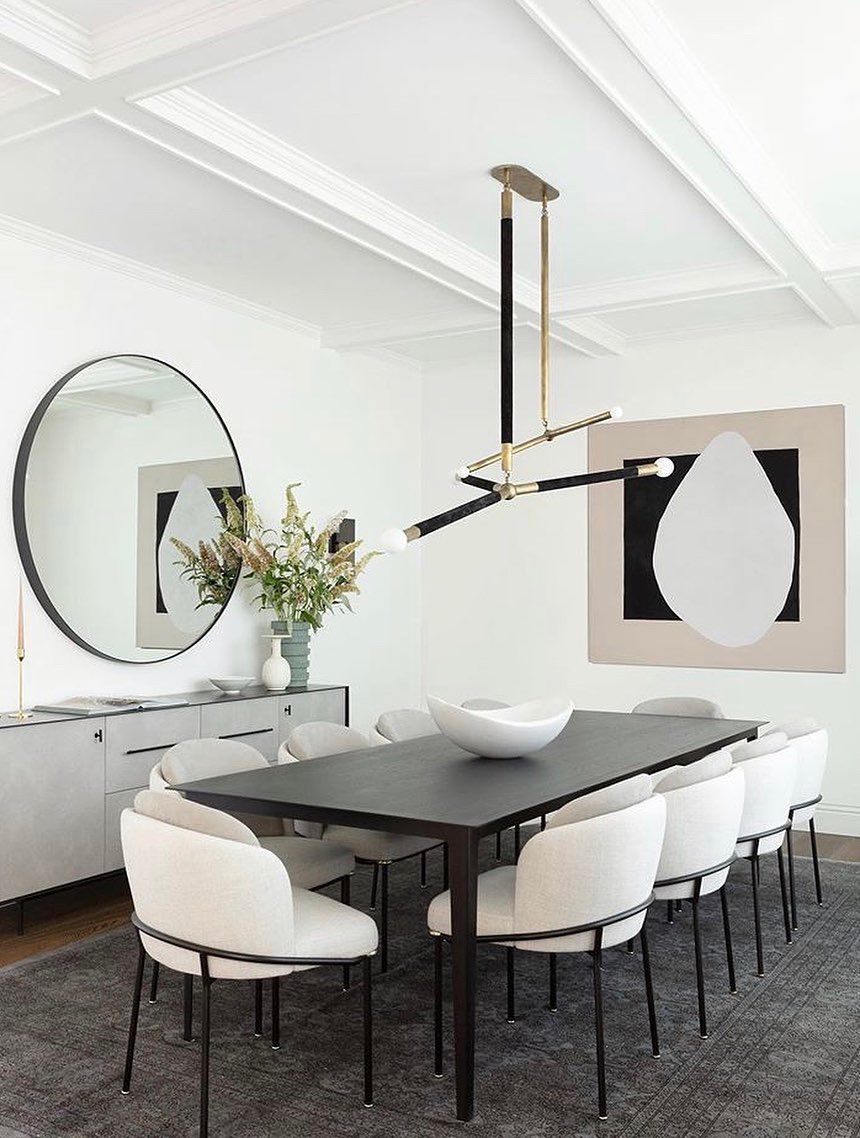
The design world is seeing a fascinating juxtaposition: the pairing of traditional dining tables with modern chairs. This trend, gaining traction in both residential and commercial spaces, reflects a broader desire for personalized and eclectic interiors. Designers and homeowners alike are embracing the unexpected harmony created by blending classic and contemporary elements.
At its core, this style choice involves combining a dining table featuring traditional design elements – think ornate carvings, solid wood construction, and classic silhouettes – with chairs that boast sleek lines, minimalist forms, and often incorporate materials like metal, plastic, or molded plywood. This article will explore the rise of this trend, examining its appeal, practical considerations, and potential long-term impact on interior design aesthetics.
The Allure of the Unexpected
The appeal of this design choice lies in its ability to create visual interest and a sense of curated individuality. It allows individuals to express their personality and preferences by blending different styles they love. The contrast between the traditional table and modern chairs prevents a room from feeling either too stuffy or too sterile.
According to a recent survey by the National Home Furnishings Association (NHFA), a growing number of consumers are seeking unique and personalized home decor solutions. The trend of pairing traditional tables with modern chairs aligns perfectly with this desire for individuality and self-expression in interior design.
Balancing Heritage and Innovation
Sarah Miller, a prominent interior designer based in New York City, notes that "people are increasingly drawn to spaces that tell a story." She explains that "a traditional dining table often carries a sense of history and heritage, while modern chairs inject a fresh and contemporary feel. The combination creates a balanced and inviting space."
This balance between heritage and innovation is a key factor driving the trend's popularity. The traditional table provides a sense of grounding and stability, while the modern chairs add a touch of excitement and forward-thinking design.
Practical Considerations
While the aesthetic appeal is undeniable, there are practical considerations to keep in mind when implementing this design style. Scale and proportion are crucial factors. The chairs should be appropriately sized for the table, ensuring comfortable seating and a harmonious visual balance.
Material compatibility is another important aspect. While contrast is desirable, the materials of the table and chairs should complement each other. For example, a dark wood table can be paired with chairs featuring metal or upholstered in a textured fabric.
Furthermore, comfort should never be sacrificed for style. Ergonomic design is essential, especially for chairs that will be used for extended periods of dining or socializing.
Color Palette and Texture
The color palette also plays a vital role in creating a cohesive look. A neutral color scheme, such as whites, grays, and blacks, can provide a versatile backdrop for showcasing the contrast between the traditional table and modern chairs. Alternatively, bold pops of color can be used to create a more dramatic and eye-catching effect.
Texture is another key element to consider. Mixing different textures, such as smooth wood, soft upholstery, and sleek metal, can add depth and visual interest to the dining space.
Impact on the Furniture Industry
The rising popularity of this design trend is having a noticeable impact on the furniture industry. Manufacturers are responding by offering a wider range of both traditional and modern dining tables and chairs, catering to the growing demand for versatile and customizable furniture options.
Several furniture retailers have reported an increase in sales of individual dining chairs, as customers seek to mix and match styles. This trend is also encouraging designers to explore new and innovative combinations of materials and designs.
The International Furnishings and Design Association (IFDA) has noted the trend as a significant shift towards personalized and eclectic home furnishings.
Sustainability and Longevity
Interestingly, the trend also aligns with a growing interest in sustainability and longevity in furniture design. Traditional dining tables, often crafted from solid wood and built to last, can be repurposed and given a new lease on life when paired with modern chairs.
This approach encourages consumers to invest in high-quality, durable furniture that can be adapted to changing styles and preferences over time.
The Future of Dining Spaces
The pairing of traditional dining tables with modern chairs is more than just a fleeting trend; it represents a fundamental shift in how people approach interior design. It reflects a desire for personalized, eclectic spaces that blend the best of both worlds.
As consumers continue to seek unique and expressive home decor solutions, this style is likely to remain a popular choice for creating inviting and stylish dining spaces. The ability to combine heritage with innovation ensures that the trend remains relevant and adaptable to evolving tastes.
Ultimately, the enduring appeal of this design choice lies in its ability to create a dining space that is both visually appealing and deeply personal, reflecting the individual style and preferences of the homeowner.


